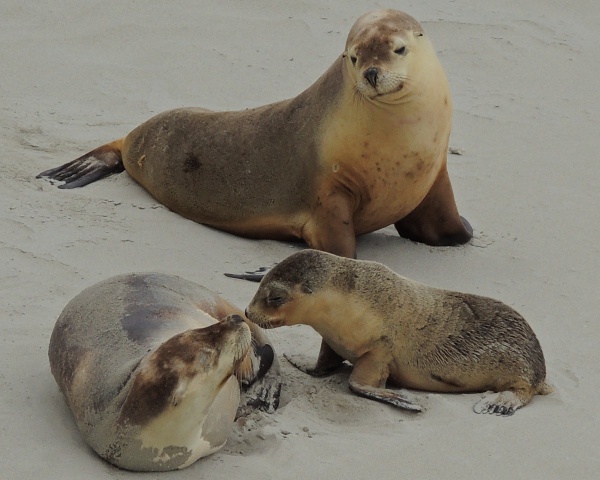Facts About Australian sea lion
The Australian sea lion, also referred to as the Australian sea-lion or Australian sealion, is a unique species endemic to Australia. Regrettably, it is currently classified as endangered under the Wildlife Conservation Act of Western Australia, with an estimated population of approximately 14,730 individuals.
One of the most intriguing aspects of these sea lions is their unusual breeding cycles. Unlike other pinnipeds that adhere to a typical 12-month cycle, Australian sea lions exhibit variable cycles ranging from 5 months to 17-18 months.
These sea lions are primarily found scattered along the southern coast of Australia, particularly in Western Australia and South Australia, predominantly on offshore islands. Unfortunately, their breeding range has diminished over time due to the declining population. Genetically, they are closely related to other sea lions and fur seals, sharing characteristics such as short fur, flippers, and a robust body.
In terms of communication, Australian sea lions are quite fascinating. They recognize each other using their senses of smell, sight, and hearing. Males are known for their diverse vocalizations, with barking being the most common call. These sea lions have a varied diet, consuming fish, squid, octopus, and crustaceans.
Despite ongoing conservation efforts, the population of Australian sea lions continues to decline. They face numerous threats, including historical hunting, entanglement in commercial fishing gear, illegal shooting, and secondary issues such as pollution and noise. To combat these threats, conservationists are striving to protect critical breeding sites, develop management strategies, and even consider captive breeding programs.
Australian sea lions play a vital role in coastal ecosystems. Their nutrient-rich feces support marine food webs. They are known for their strong site fidelity and efficient foraging behavior, diving in ways that maximize their time near the ocean floor.
Conservation measures are crucial to mitigate threats and aid in the recovery of the species. Protecting these magnificent creatures is essential for maintaining the health and balance of marine ecosystems along Australia's southern coast.
